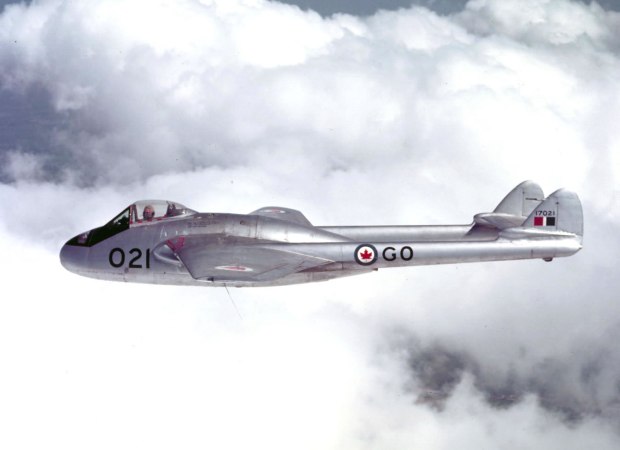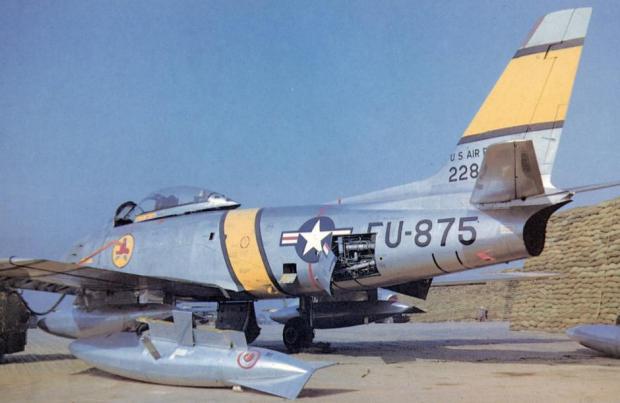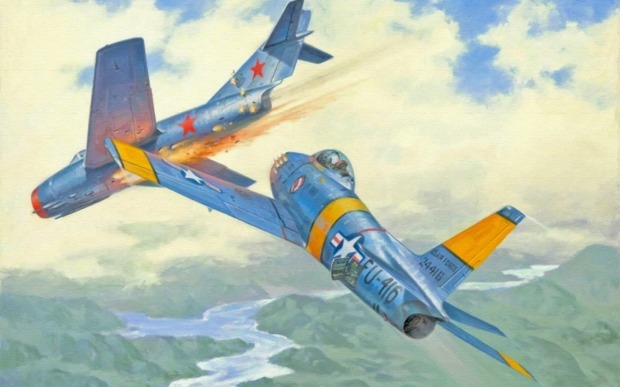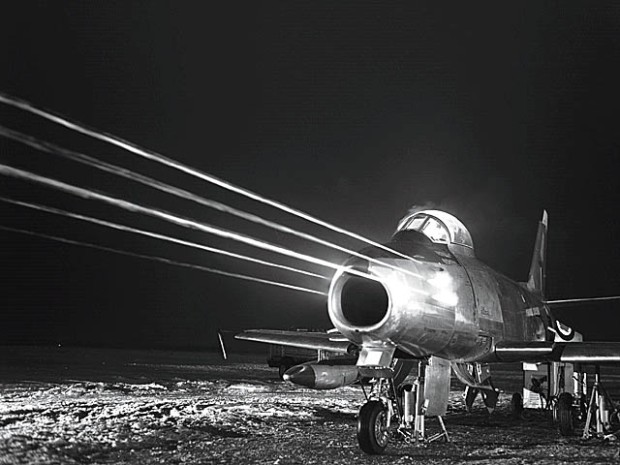The legend of the Avro Arrow endures after almost 60 years since it’s untimely demise in 1959. Images of the iconic Canadian designed and built advanced fighter jet being cut to pieces on the tarmac after cancellation of the Arrow program still leaves a bitter impression on many Canadians.
Not much survived that government ordered destruction of our beloved Arrow, a few pieces were whisked away by Avro employees before they were fired from the company, and the blow-torch scarred nose section and wings rest in the Aviation Museum in Ottawa. These scraps are all that’s left to remind us of this unique part of Canadian history…until now…something new has arisen from the Avro ashes: Unpublished film negatives of a 1958 Avro Arrow test flight found for sale on Kijiji.
These are extremely rare, and the seller claims they are unpublished negatives from the June 11 1958 test run of the first Arrow prototype, “RL-201”. The shots were taken by the seller’s father, who was a freelance photographer in 1958 and snapped these pics of the Arrow in Malton, On. The unpublished photos show the prototype Avro Arrow during a test flight, then sitting off a runway with its landing gear collapsed. Research shows that this particular incident occurred on June 11th 1958 when a malfunction resulted in main landing gear failure with the prototype Arrow skidding off the runway.
The Kijiji ad originates from Burlington, On, and after contacting the seller I was informed they are owned by the son of the original photographer, an inheritance after his father passed away. A direct link to the ad is HERE . Owning this rare piece of history comes with $50,000 price tag for the 14 original film negatives. The ad photos show 6 of the 14 original negatives. I used Photoshop to invert and flip them, providing us with the “positive” image as the Arrow test would have appeared on June 11th 1958 when this flight was captured on film.
The photos also capture the two Polish-Canadian test pilots who flew the Arrow, Janus Żurakowski and Wladyslaw “Spud” Potocki chatting in an office, positively identified in the photos negatives once I had inverted them. Zurakowski is from Barry’s Bay north-west of Ottawa where there is a town memorial commemorating his historic test flight in the Avro Arrow.
These remarkable photos speak for themselves but I have done my best to provide some explanatory captions below each negative and inversion image. I have contacted Canada Aviation and Space Museum who are now aware of the existence of these negatives..
Below are the original negatives and underneath each my reversal (positive) image and caption.
Enjoy this flight back in time.

NEGATIVE 1

NEGATIVE 1 INVERSION: This shows test pilot Janus Zurakowski in front of the first Arrow prototype RL 201

NEGATIVE 2

NEGATIVE 2 INVERSION: RL201 skidded off the runway after the landing gear collapsed.

NEGATIVE 3
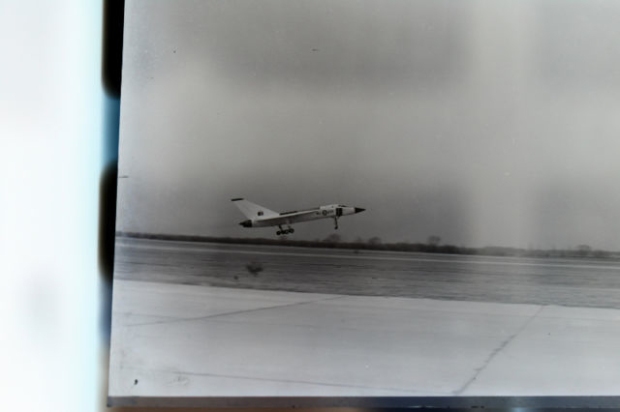
NEGATIVE 3 INVERSION: RL201, the first Avro Arrow prototype on take off.

NEGATIVE 4

NEGATIVE 4 INVERSION: Looks to be a scene from the Avro offices, with both Arrow test pilots, Zurakowski and Potocki. John Plant, President and GM of Avro is 3rd from left. Fred Smye, Avro Exec, Vice President is 2nd from right.


NEGATIVE 5

NEGATIVE 5 INVERSION: Arrow test pilot Zurakowski chatting with person unknown.

NEGATIVE 6

NEGATIVE 6 INVERSION: The prototype Arrow RL 201with landing gear collapsed on the Malton runway, June 11th, 1958.

NEGATIVE 7

NEGATIVE 7 INVERSION: The two chase planes used by Avro to fly alongside the Arrow on its test flights, a Cf-100 Canuck and Cf-86 Sabre.




